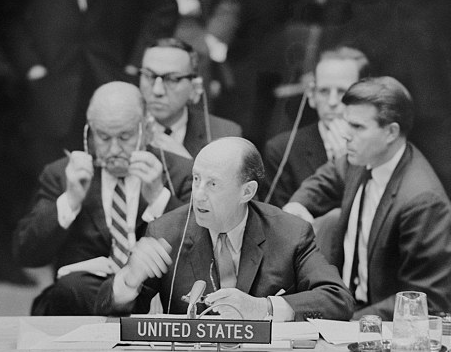Technical interviews fail because technical interviewers insist on turning them into challenges.
The appointment is for 10:30. Tom, the VP of Something Very Important, Dick, the CIO, and Harry, Software Engineer III sit at the other side of the table when you arrive.
They arranged a single chair opposite their side of the conference table.
This is not an interview. This is an inquisition.
“Tell us about your greatest failure.”
“Show us, on the white board, your architecture ideas for our enterprise product, Quacks Like a Duck.
“Show us a bubble sort.”
“What is the difference between an ORM and Trigger The Wonderhorse?”
“Thank you for your time. We’ll be in touch.”
As you leave, the voice in your head says, “god, I hope not.”
What did anyone learn from this performance art besides never wanting to see each other again?
Technical interviewers and supplicants alike should drop the pretense that they’re the smartest people in the room. The chair supporting your bum may well be smarter.
Start by digging deeply: what do we really want to know about this candidate? The answer must be the same on both sides for the match:
- If we add this person, can both of us grow?
- Do we like spending professional time together?
- Can we show a sense of humility, humor, and energy in the conversation?
- Can we actually communicate?
This is not the time to find out whether your technical candidate can perform dancing bear tricks. Nobody cares how much time we spend searching Google for hints about other technologies (‘cuz we all do). Parlour tricks don’t prove anything.
An interview is a date. We’re not looking for love; we’re looking for a professional bond… or at least we’re hoping to deduce whether we could build one between the current group and the candidate. Lasting through a hogshead of real fire shouldn’t be part of the interview. These “Performance Interviews” should come with free popcorn.
These are the things you want to know; not whether some developer with twenty years’ experience remembers a bubble sort.
It’s time for better. Firstly, let’s deduce our goal: to find a productive and creative co-worker through whom the rest of the group will benefit and who will benefit from the rest of the group.
That sounds like pledging to a fraternity or something. No wonder we don’t like it.
But the goal remains. How should this occur?
One of the best bias-free techniques comes through personality inventory. The “Big Five” personality assessment offers simple, yet comprehensive tools for identifying the personal qualities of your candidates. Why not use it?
Note: Clinical psychologists know how to administer and interpret these instruments. Don’t rely on a Harpo’s Bizarre magazine article.
People (besides psychopaths) can’t easily manipulate modern personality inventory tests. They’re quick, yet meaningful and then provide the context for all manner of face-to-face interview questions.
In truth, these are the things that make working together – the hallmark of software development – enjoyable or burdensome; and sometimes downright possible, at all.
For example, someone who measures high on the spectrum for Openness may not know the specific technologies currently used by the group, but can be expected to learn them quickly when tasked. A candidate high in Conscientiousness has the self-discipline and commitment to persevere through adversity.
These are the things you want to know; not whether some developer with twenty years’ experience remembers a bubble sort.
This is far more important than whether a developer attended a three-day certification on WebbedFoot™, the latest FAANG buzzword. Knowing someone’s strengths (and weaknesses) will help all achieve their goals.
See how this works?
An interview team could gather years’ of insight with one simple personality instrument.
And it could change the way we “perform” interviews forever.

